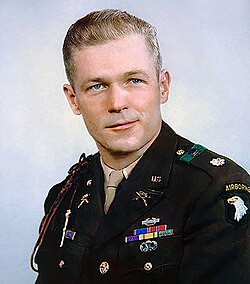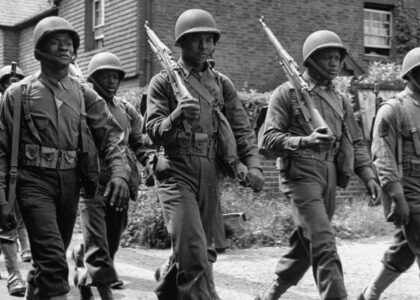Welcome to the story of the USS Neches, a significant yet lesser-known chapter in naval history. This auxiliary oiler played a vital role during World War II, supplying fuel to the ships that protected freedom on the high seas. The USS Neches was commissioned on September 16, 1939, just weeks after the outbreak of World War II. Built by the Federal Shipbuilding and Drydock Company in Kearny, New Jersey, this Cimarron-class oiler was designed to refuel ships at sea, a crucial task that enabled naval fleets to operate far from home ports.
The USS Neches served the United States Navy with distinction in the Pacific Theater. She was part of the logistics backbone that supported the fleet’s operations during pivotal campaigns. Her operations were essential in maintaining the mobility of the U.S. Pacific Fleet, allowing aircraft carriers and other warships to strike effectively across vast ocean distances.
However, the story of the USS Neches is marked by a tragic event. On January 23, 1942, just weeks after the attack on Pearl Harbor, the USS Neches was torpedoed by the Japanese submarine I-72. The attack occurred near the Hawaiian Islands, and the ship was lost, along with 57 of her crew. This loss underscored the risks faced by the support ships, which were as crucial to wartime operations as the combat vessels they serviced.
While the USS Neches herself was not involved in any famous battles, her role was fundamental to the success of those who were. The ship’s ability to refuel naval vessels at sea allowed the U.S. Navy to maintain a strategic advantage, keeping ships operational and ready for combat.
The memory of the USS Neches lives on as a testament to the vital but often overlooked roles that support ships played during the war. Her story is a reminder of the bravery and sacrifice of those who served on these crucial yet vulnerable vessels.




